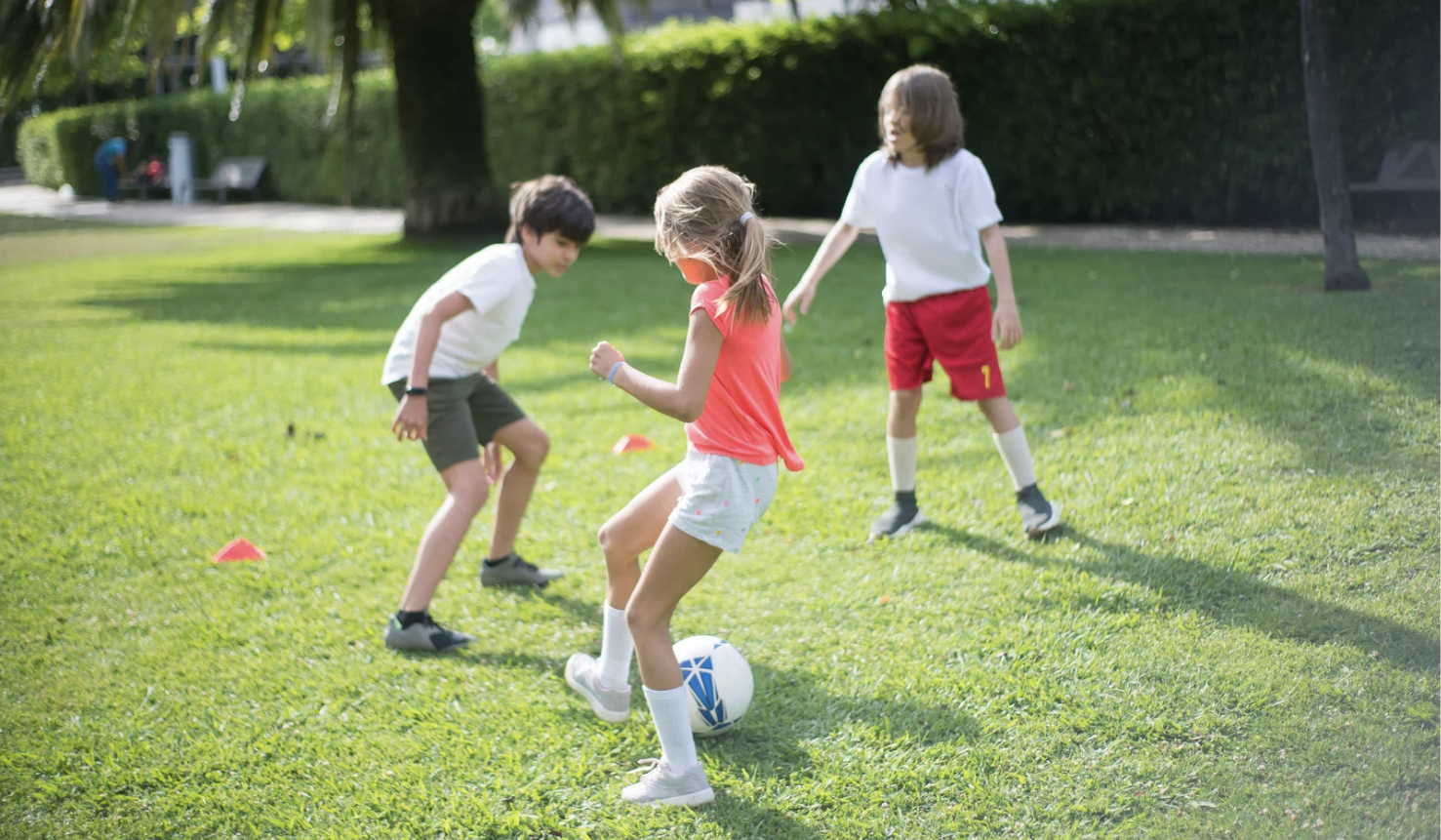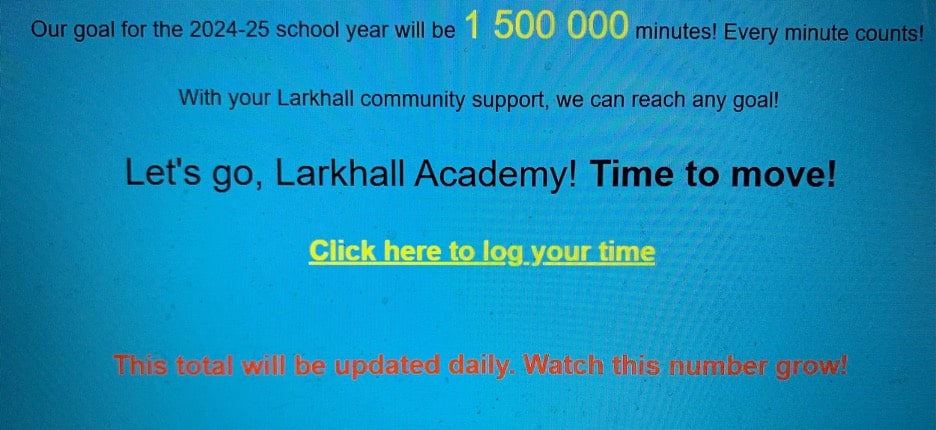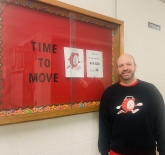Connecting Communities Through Movement: There’s Strength in Numbers

The year 2020 is one that no one will forget. The COVID-19 pandemic brought the world to an unimaginable halt. As a physical education teacher, I was suddenly tasked with encouraging students to stay active at a time when everyone was being urged to stay home. In a world that had come to a standstill, I came up with one simple idea that changed the way we thought about physical activity; that idea has now become a lasting tradition.
During the early days of the pandemic, I pitched my idea to the administration at Larkhall Academy: an initiative designed to keep our school community engaged in movement. This initiative would be simple enough for anyone—students, staff, or community members—to participate in, and it would take very little time to complete. I named it Time to Move.
To make it easy for people to track their progress, we created a Google Form where participants could log their exercise minutes. I added this up daily and provided the total on the website so everyone could track the progress.

That first year after the onset of COVID-19, Time to Move at Larkhall Academy officially surpassed 1 MILLION minutes—an incredible achievement and a testament to the power of community. In fact, the success of this initiative was so remarkable that we decided to continue it every year thereafter, using it as a tool to keep people physically active. Since the launch of Time to Move, our school community has collectively logged a total of 4.6 MILLION minutes of exercise. Last year alone, we recorded 1,100 individual entries. To put that into perspective, our school community has exercised for the equivalent of 8.75 years in just 4 years.
The momentum continues to grow. So far this school year, we have already clocked nearly 500,000 minutes, with the total number increasing each day.
Even though the global pandemic has ended, the impact of Time to Move remains strong. At Larkhall Academy, we have managed to engage our community in prioritizing physical activity, both at school and at home. Individuals, families, and neighbors continue to track their minutes, watching the collective total grow. But the question arises: why continue this initiative now that the pandemic is behind us?
The answer is simple: physical activity is more important than ever. Schools are recognizing its value not just as part of a structured sport program, but as an essential part of a healthy lifestyle. What started as a response to a global crisis has evolved into a long-lasting tradition, showing that movement is a key part of daily life, no matter the circumstances. And, as the numbers show, this initiative has had a tangible impact on the well-being of our school community.
There’s strength in numbers.
Key Takeaways from Community Engagement Initiatives
- Constant Connection: Finding ways to keep connected with students, staff, guardians, and the wider community.
- Building Trust: Fostering trust and strengthening community bonds is paramount.
- Capacity Building: Ensuring that everyone has an opportunity to participate and be included.
- Identifying Needs and Solutions: Understanding where gaps exist and finding creative ways to meet those needs.
- Thinking Outside the Box: Realizing the best solutions come from unconventional ideas.
- Collaboration: Engaging with others helps to gain different perspectives and enriches the initiative.
Time to Move has proven that a small idea, when backed by community spirit, can make a lasting impact. And it is clear that the commitment to movement is not something that will end anytime soon. As the collective minutes continue to climb, so does our dedication to making physical activity a priority for everyone.








